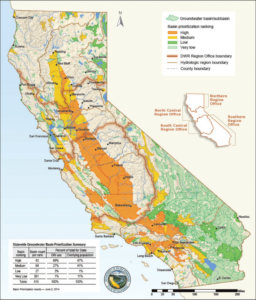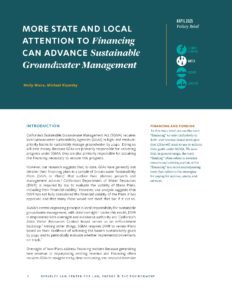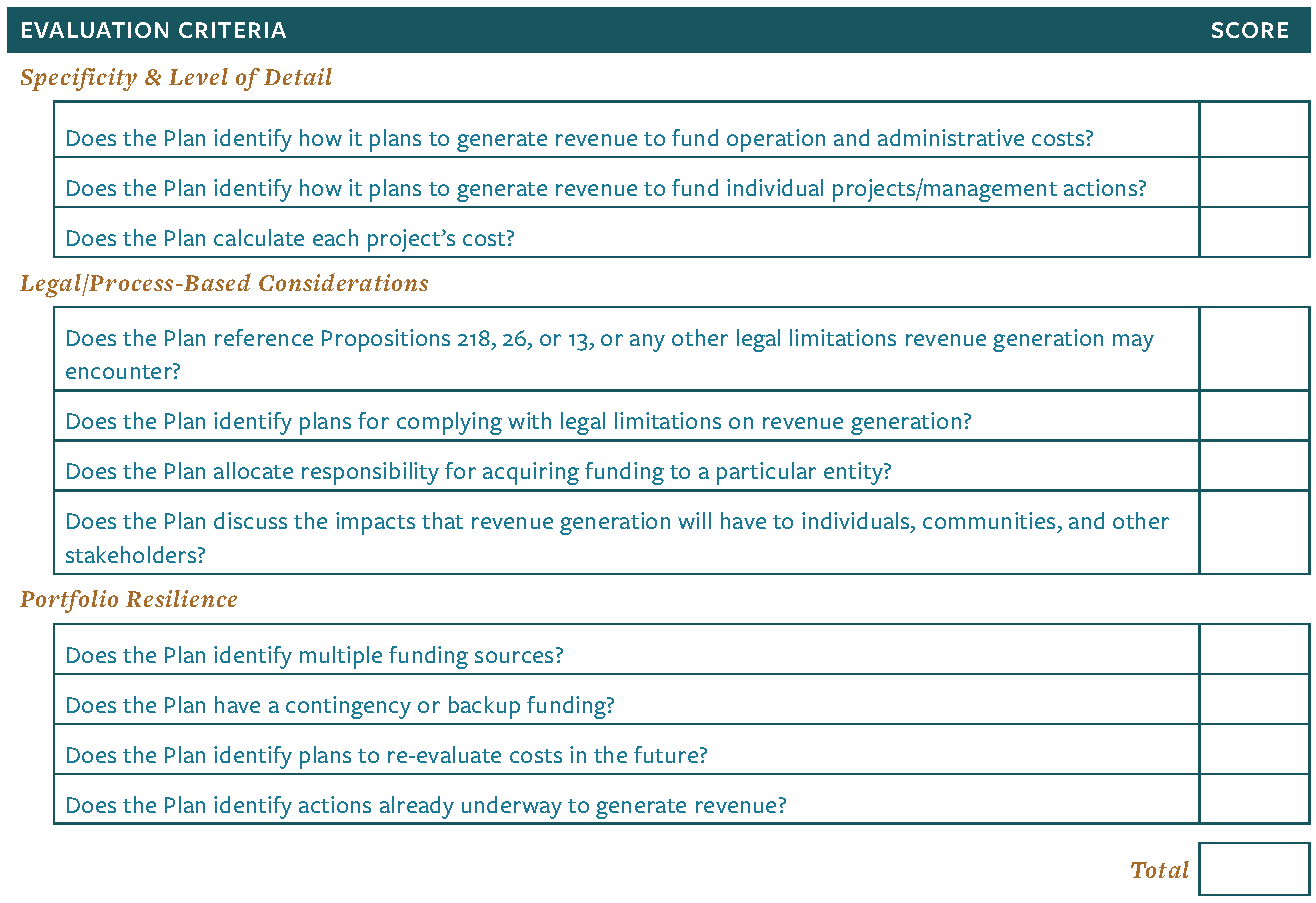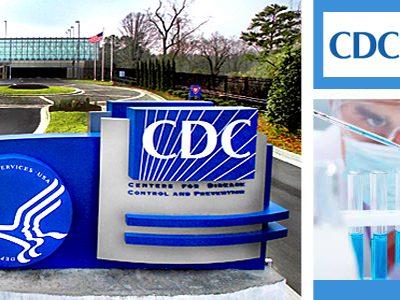More state and local attention to financing can advance sustainable groundwater management

In 2014, California passed the Sustainable Groundwater Management Act (SGMA), a law that establishes a statewide framework for advancing the long-term availability of the state’s groundwater resources. SGMA’s framework provides local government with relative flexibility to manage its groundwater resources, but gives state agencies oversight authority and the right to intervene. SGMA requires local Groundwater Sustainability Agencies (GSAs)to develop groundwater sustainability plans (Plans) to chart a path for achieving sustainable groundwater management by 2040.
Implementing Plans will cost money. However, generating new sources of revenue and repurposing existing ones can be complex. Without careful attention to these challenges, the revenue generation process can be protracted and vulnerable to failure–a concern that early signs of litigation and opposition to GSAs’ efforts to generate revenue suggest.
Approach
Our new issue brief reports on results from a systematic analysis of attention to financing in a sample of Plans. We developed a rubric for evaluating Plans for adequacy of attention to financing considerations and applied this rubric to a sample of Plans. We also analyzed DWR’s process for reviewing Plans, including its approach to satisfying relevant statutory and regulatory requirements.
These requirements include (1) that DWR evaluate Plans for whether the identified projects and management actions are feasible and whether the GSA has the financial resources needed to implement the Plan, (2) that GSAs estimate the overall cost of implementing its Plan and explain how it plans to meet that cost, and (3) that GSAs include an estimate of the cost of each planned project and management action and provide a description of the project- or management action-specific financing mechanism(s) it plans to use to meet those costs. (4) GSAs are also required to adjust and improve their cost and revenue generation plans in their Periodic Evaluations. The report then compares the outcomes of DWR’s process for reviewing Plans with our own evaluations.
Results
Our results suggest that, for the sample plans we reviewed, consideration of financing varies and is often inadequate. These results are consistent with our larger concern that Plans’ attention to financing may be lacking in key areas. Further, our results suggest that DWR is not providing adequate oversight of this concern to ensure that local agencies will avoid the risks from underspecified financing.
Summary of recommendations
 Inadequate attention to financing may increase the risk of failure to achieve SGMA. To mitigate this concern, we recommend the following actions:
Inadequate attention to financing may increase the risk of failure to achieve SGMA. To mitigate this concern, we recommend the following actions:
- GSAs can provide more information about how they will finance SGMA implementation in their Plans and Periodic Evaluations;
- DWR can more closely assess financing when evaluating Plans and Periodic Evaluations;
- DWR can provide more technical resources and guidance to enable GSAs’ successful financing; and
- the engaged public can assess financing efforts and demand more detail.
We hope that these recommendations, coupled with the Rubric we developed, offer a more systematic method for improving Plans’ attention to financing that those involved in SGMA’s deployment.
Read the Issue Brief and download the Supplemental Information.
This work is supported by the Water Foundation, the Agriculture and Food Research Initiative [Competitive Grant no. 2021-69012-35916] from the U.S. Department of Agriculture’s National Institute of Food and Agriculture, and the U.S. Environmental Protection Agency, Assistance Agreement no. RD-84046301-0.








Reader Comments